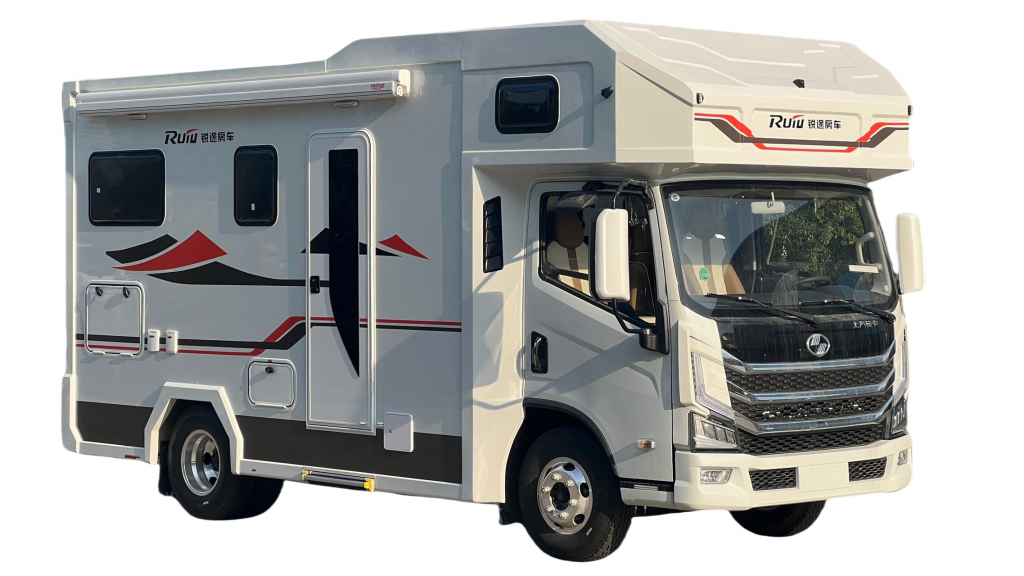Introduction
Truck mounted cranes are essential equipment in various industries such as construction, logistics, and utilities. These powerful machines provide the capability to lift and move heavy loads with precision and efficiency. However, operating truck mounted cranes poses potential risks to operators, bystanders, and the surrounding environment. To mitigate these risks, manufacturers have incorporated a range of safety features into modern truck mounted cranes. In this comprehensive guide, we will explore the key safety features that enhance the safety and performance of truck mounted cranes.
1. Load Capacity Monitoring System
One of the critical safety features in truck mounted cranes is the load capacity monitoring system. This system is designed to prevent overloading, which can lead to structural failure and accidents. The load capacity monitoring system uses sensors to measure the weight of the load being lifted and compares it to the crane's rated capacity. If the system detects that the load is exceeding the safe limit, it will alert the operator through visual and audible warnings. Some advanced systems can even automatically stop the crane from lifting the load further until the excess weight is removed.
2. Boom Angle and Radius Indicators
Maintaining the correct boom angle and radius is crucial for safe crane operation. Truck mounted cranes are equipped with boom angle and radius indicators that provide real-time feedback to the operator. These indicators help the operator position the crane accurately and avoid overloading or tipping. By monitoring the boom angle and radius, operators can ensure that the crane is operating within its safe working limits, reducing the risk of accidents and injuries.
3. Anti-Two Block System
The anti-two block system is a safety feature that prevents the crane's hook block from colliding with the boom tip. This system is essential for protecting the crane's components from damage and ensuring safe operation. When the hook block reaches a predetermined distance from the boom tip, the anti-two block system will automatically stop the hoisting operation and alert the operator. This feature helps prevent two-blocking, which can cause the crane to lose stability and potentially lead to catastrophic failure.
4. Outrigger Monitoring System
Truck mounted cranes are often equipped with outriggers that provide stability and support during lifting operations. The outrigger monitoring system ensures that the outriggers are properly deployed and secure before the crane lifts any loads. https://www.worktruckmaker.com/box-truck/ uses sensors to detect the position and load on each outrigger, alerting the operator if any outrigger is not fully extended or if there is uneven weight distribution. By monitoring the outriggers, operators can prevent the crane from tipping over and maintain a safe working environment.
5. Emergency Stop System
In case of an emergency or malfunction, truck mounted cranes are equipped with an emergency stop system that allows operators to quickly shut down all crane operations. The emergency stop button is strategically located within easy reach of the operator and is designed to override all other controls and bring the crane to a safe stop. This feature is crucial for preventing accidents and injuries in critical situations and is a standard safety requirement for all modern truck mounted cranes.
6. Overload Protection System
Overloading is a common cause of crane accidents and structural failures. To prevent overloading, truck mounted cranes are equipped with overload protection systems that monitor the crane's load and alert the operator if the safe working limit is exceeded. The overload protection system uses sensors to measure the load on the crane and compare it to the rated capacity. If the system detects an overload condition, it will warn the operator and prevent further hoisting until the excess weight is removed. This feature is essential for maintaining safe working practices and protecting the crane and its surroundings from damage.
7. Collision Avoidance System

Truck mounted cranes operate in diverse environments where obstacles and other vehicles pose potential risks. To enhance safety on the road, some cranes are equipped with collision avoidance systems that use sensors and cameras to detect nearby objects and alert the operator of potential collisions. These systems provide visual and audible warnings to help operators navigate safely and avoid accidents. By incorporating collision avoidance systems, truck mounted cranes can minimize the risk of collisions and improve overall safety on the job site.
8. Operator Training and Certification
While safety features play a crucial role in enhancing the safety of truck mounted cranes, operator training and certification are equally important. Proper training ensures that operators are knowledgeable about the crane's capabilities, limitations, and safe operating practices. Operators should be trained on how to use the crane's safety features effectively and respond to emergencies. Additionally, operators should hold the necessary certifications and licenses to operate truck mounted cranes legally and safely. Ongoing training and refresher courses are essential to keep operators up-to-date with the latest safety standards and best practices.
Conclusion
Truck mounted cranes are powerful machines that require careful attention to safety to prevent accidents and injuries. By incorporating advanced safety features such as load capacity monitoring systems, boom angle and radius indicators, anti-two block systems, outrigger monitoring systems, emergency stop systems, overload protection systems, and collision avoidance systems, manufacturers are enhancing the safety and performance of truck mounted cranes. However, safety is a shared responsibility that requires operators to be well-trained, certified, and vigilant while operating cranes. By prioritizing safety and investing in advanced safety features and operator training, the industry can continue to improve safety standards and protect workers and the public from harm.
